The Sun Will S Hi N E Again
Are you an avid stargazer? If so, you probably want to know when you can see not just the stars but the visible planets in our Solar System as well. These are sometimes referred to as the "naked-eye planets," because you can see them with the naked eye—no telescope or binoculars needed (except for Neptune!). This handy guide gives you the dates for when you can see the planets throughout the year. This is one page you'll want to bookmark!
When You Can See The Planets in 2022
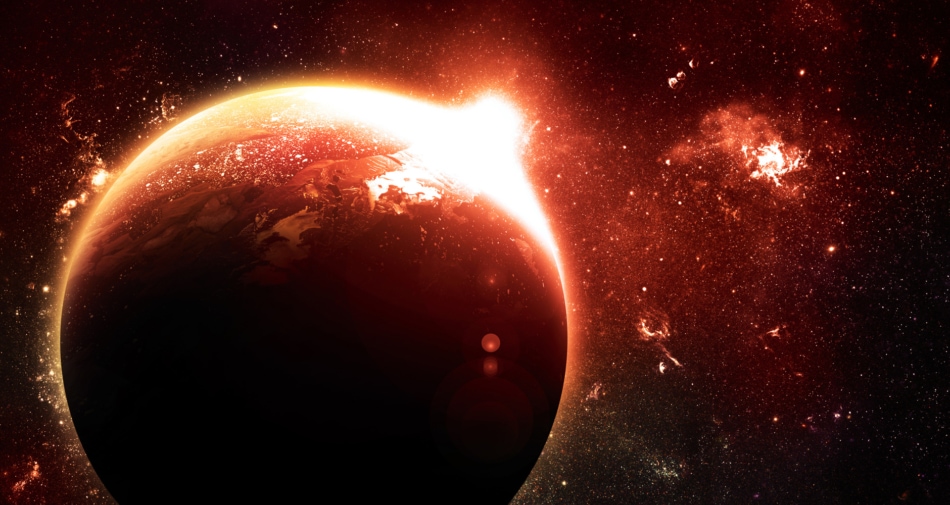
Mercury
Mercury is the closest planet to the Sun in our Solar System. Because it is so close to the Sun, it is only observable in the early morning, just after sunrise, or at dusk. In fact, ancient Greek astronomers once believed Mercury was actually two separate objects. It usually appears as a bright "star" with a golden hue. As an evening star, appears in the western sky setting about an hour after the Sun; as a morning star, it appears in the eastern sky rising about an hour before the Sun. Mercury usually appears as a bright "star" with a yellowish or ochre hue.
When Is Mercury Visible in 2022?
Mornings
- January 31 to March 16
- June 2 to July 3
- October 3 to October 17 (Best seen: October 3 to October 17)
Evenings
- January 1 to January 15
- April 18 to May 10 (Best seen: April 18 to May 10)
- August 1 to September 15
- December 7 to December 31
Mercury will be brightest and easiest to spot in the evening sky between April 18 and May 10; brightest and easiest to spot in the morning sky between October 3 and October 17.
Learn more about Mercury!
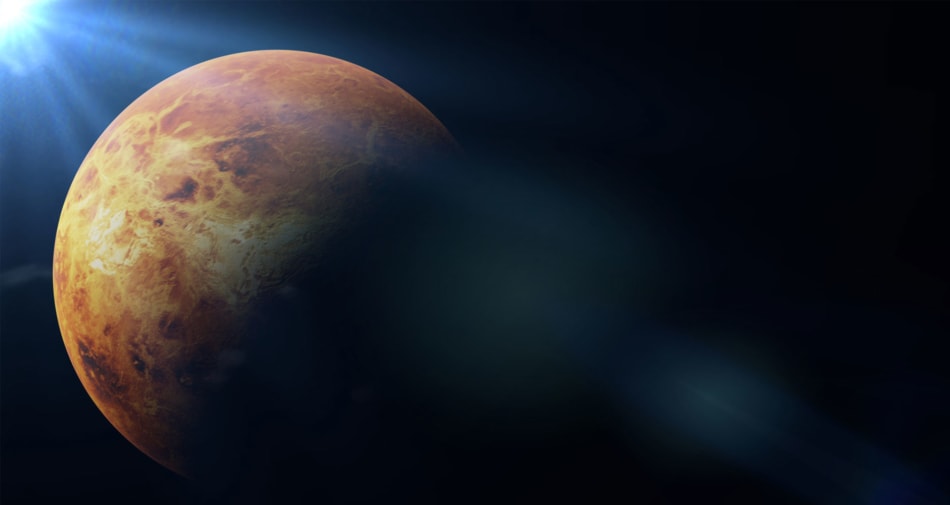
Venus
After the Moon, Venus is the brightest natural object in the night sky. It is both the Earth's closest neighbor in our Solar System and the planet most similar to Earth in size, gravity, and composition. We can't see the surface of Venus from Earth, because it is covered with thick clouds. Venus has the densest atmosphere of the four terrestrial planets (Mercury, Venus, Earth, and Mars), which consists mostly of carbon dioxide. Always brilliant, and shining with a steady, silvery light.
When Is Venus Visible in 2022?
Mornings
- January 17 to August 27 (Best seen January 29 to February 27)
Evenings
- December 23 to December 31
Venus will attain its greatest brilliancy in the morning sky on February 13. During late January, into most of February, Venus will resemble a striking crescent phase in telescopes and steadily-held binoculars in the morning sky,. Venus and Jupiter will appear dramatically close to each other on the mornings of April 30 and May 1.
Learn more about Venus !
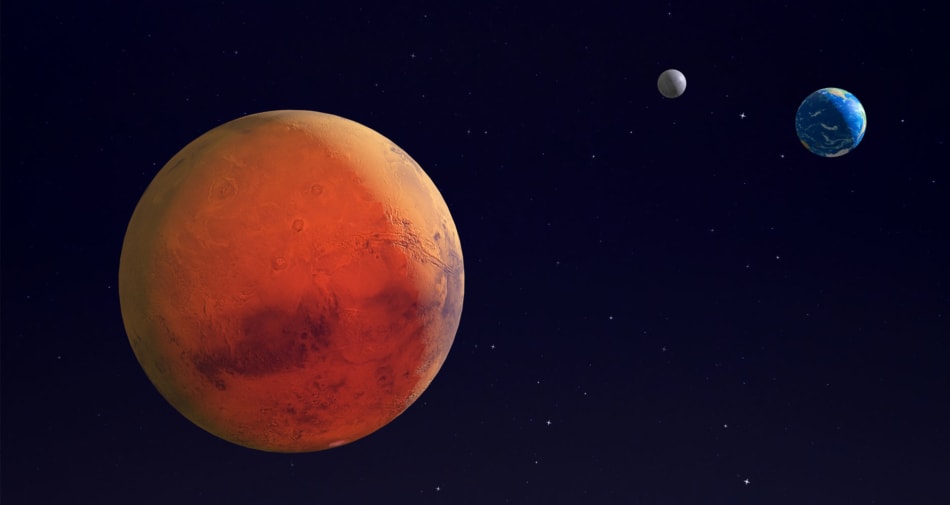
Mars
Mars is the fourth planet from the Sun in our Solar System. While it's not our nearest neighbor (Venus takes that honor), or the brightest planet in the night sky (also Venus), it is perhaps the planet that most inspires our imagination. Whether as home to "little green men" or as a future outpost for life from Earth, the planet figures heavily into science fiction books and movies. Mars is often called the "Red Planet" because it appears orange-red in the sky, and its surface material contains a lot of iron oxide. Iron looks black, but the element takes on a reddish tinge when it has been exposed to oxygen, i.e., "iron oxide."
Shining like a "star" with a yellow-orange hue, Mars can vary considerably in brightness. This particular aspect will be vividly demonstrated in 2022, with Mars increasing in brightness and luster some 23-fold from New Year's Day to Early December.
Mars begins the year in the morning sky, shining as an inconspicuous second-magnitude object in the non-zodiacal constellation of Ophiuchus, the Serpent Holder. As the year progresses, Mars will slowly increase in brightness as its distance from the Earth gradually decreases.
Mars will pass quite close to Saturn on the morning of April 4 and to Jupiter on the morning of May 29.
By the end of October, Mars will be shining at an eye-catching magnitude of -1.2 between the horns of Taurus, the Bull as it begins its retrograde motion. It will be closest to the Earth on November 30, at a distance of 50.6 million miles (81.4 million km).
Mars will arrive at opposition to the Sun on December 8, rising as the Sun sets, reaching its highest point in the sky at midnight and setting at sunrise. It will then be shining at magnitude -1.9, outshining even Sirius, the brightest of all stars. During the evening hours of December 7, the full moon will pass exceedingly close above Mars, actually hiding it (called an occultation) for parts of North America, no doubt evoking a question that will be repeated many times that night: "What is that bright yellow-orange star just below the Moon?"
When Is Mars Visible in 2022?
Mornings
- January 1 to December 7 (Best seen: December 3 to December 7)
Evenings
- December 8 to December 31 (Best seen: December 8 to December 9)
Read more about Mars!
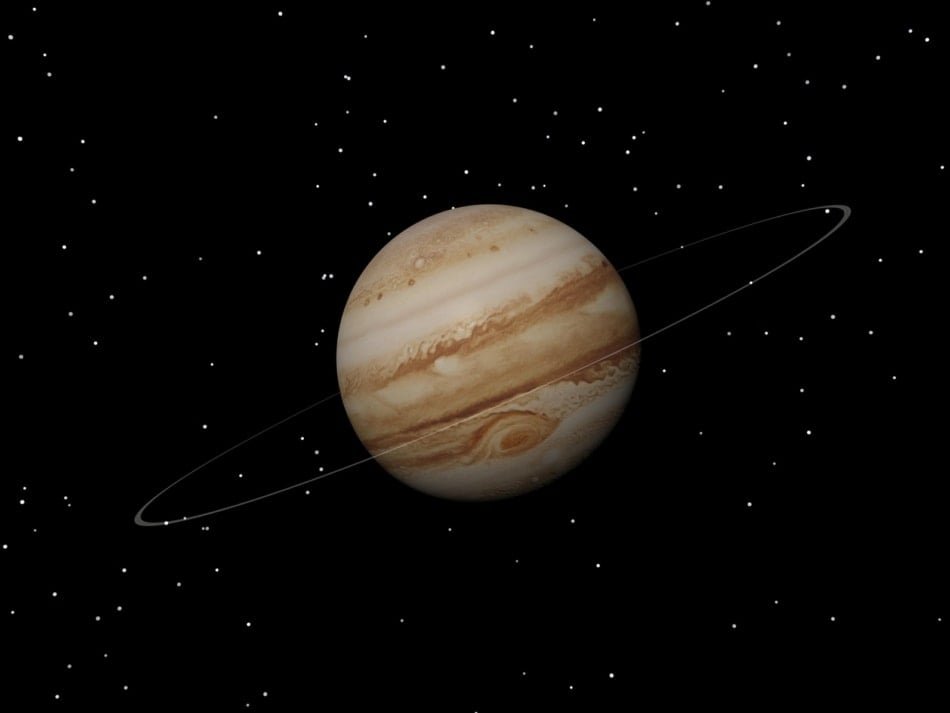
Jupiter
Jupiter is usually the third brightest object in the night sky, after the Moon and Venus (only Mars, our next-door neighbor, is occasionally brighter), and summer is an especially good time to view this bright behemoth. Jupiter's signature feature, the "Great Red Spot," is actually a colossal storm that has been raging on the planet's surface since at least the 17th century, when it was first seen by telescope. It's known as the Gas Giant" because although it looks solid, it is made up primarily of gases, such as hydrogen and helium.
Jupiter and Venus will rise side-by-side from above the eastern horizon on the morning of April 30; an eye-catching sight. Although Jupiter will glow with a lustrous magnitude of-2, Venus manages to outshine it by two magnitudes and appears more than six times brighter. Jupiter will appear quite near to Mars on the morning of May 29.
When Is Jupiter Visible in 2022?
Mornings
- March 26 to September 25 (Best seen: August 29 to September 25)
Evenings
- January 1 to February 13 (Best seen: January 1 to 9)
- September 26 to December 31 (Best seen: September 26 to October 22)
Learn more about Jupiter !
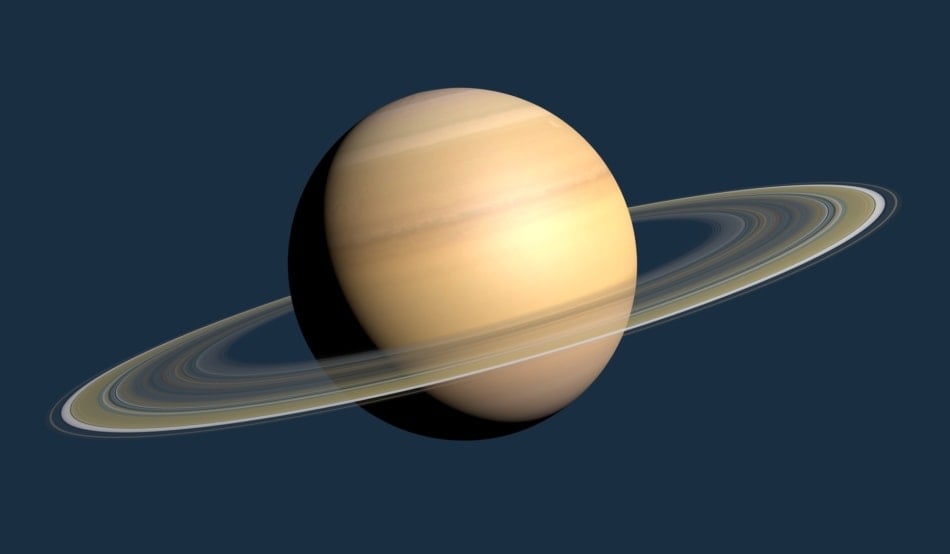
Saturn
Saturn is the sixth planet from the Sun, and the second largest, after Jupiter. It is one of the five planets visible from Earth using only the naked-eye (the others are Mercury, Venus, Mars and Jupiter). Though remote from the Earth, Saturn's unique ring system makes it possibly the most instantly recognized planet in our Solar System. Though about 833 Earths would fit into Saturn, the planet's density is only one-eighth that of the Earth, making Saturn's mass barely 95 times greater than the Earth's.
The famous rings are only visible in a telescope. They were at their maximum tilt toward Earth in October 2017 and are now closing to our line of sight.
All through 2022, Saturn will be found within the boundaries of Capricornus the Sea Goat.
When Is Saturn Visible in 2022?
Mornings
- February 22 to August 13 (Best seen: July 30 to August 13)
Evenings
- January 1 to January 17
- August 14 to December 31 (Best seen: August 14 to September 6)
Read more about Saturn!
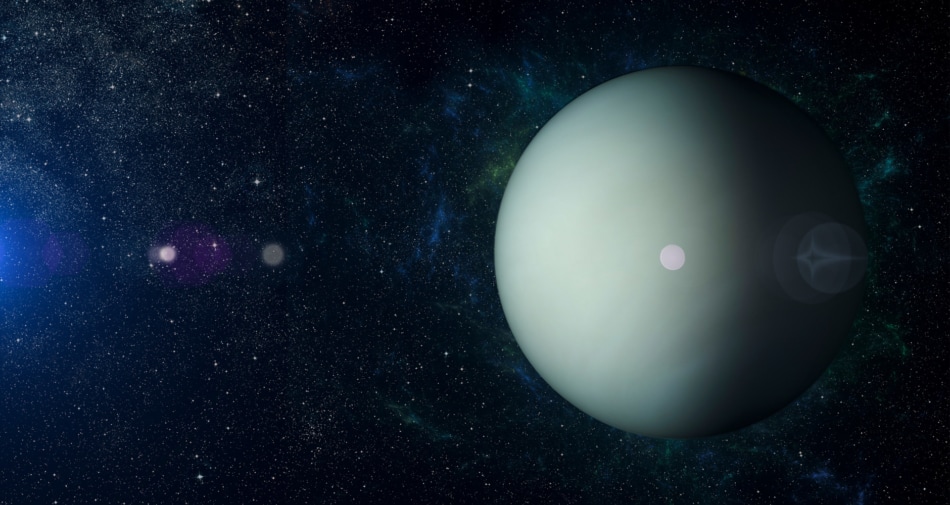
Uranus
Uranus (pronounced "EUR-an-iss) is the 7th planet from the Sun, the smallest of our Solar System's gas planets, and the first to be discovered by scientists. Uranus is so far away from us, it usually can't even be seen with the naked eye. the planet is also notable for its dramatic tilt, which causes its axis to point nearly directly at the Sun. It's sometimes called "The Bull's Eye Planet," because of its complex rings and Moons make it appear like a bull's eye, and the "Ice Giant," because of its cold atmosphere, and 80% or more of its mass is made up of a mix of water, methane, and ammonia ices.
At its brightest it shines at magnitude +5.6 and can be readily identified with good binoculars. A small telescope may reveal its tiny, greenish disk. Uranus spends all of 2022 in the constellation of Aries the Ram.
When Is Uranus Visible in 2022?
Mornings
- May 22 to November 8 (Best seen: October 18 to November 8)
Evenings
- January 1 to April 18
- November 4 to December 31(Best seen November 9 to December 1)
Read more fascinating facts about Uranus !

Neptune
Neptune is the eighth, and farthest planet in our Solar System and the first whose existence was theorized before its actual discovery. Like Jupiter, Saturn, and Uranus, Neptune is called a "gas giant" because, though it looks solid, it is made up primarily of gases, such as hydrogen and helium, covering a rocky core comprised of heavier elements. Neptune has 13 moons and takes 165 years to take 1 trip around the Sun!
It's sometimes called "The Blue Planet," because Neptune's cloud cover has an especially vivid blue tint. Astronomers aren't quite sure what compound causes the blue tint and theorize it may the result of the absorption of red light by methane in the planets mostly hydrogen-helium atmosphere.
Neptune starts 2022 in the constellation of Aquarius, the Water Carrier, but crosses over into Pisces, the Fishes on May 2. It then backtracks into Aquarius again on August 19, where it will remain for the rest of the year. At a peak magnitude of +7.8, this bluish-hued world is only visible with good binoculars or a telescope
When Is Neptune Visible in 2022?
Mornings
- March 29 to September 15 (Best seen: July 19 to September 15)
Evenings
- January 1 through February 25
- September 14 to December 31 (Best seen: September 16 to November 13)
Learn more about Neptune !
Please note all the images of the planets depicted in this story are stock photography/artist's renderings and not actual photographs.
Source: https://www.farmersalmanac.com/visible-planets-guide
0 Response to "The Sun Will S Hi N E Again"
Mag-post ng isang Komento